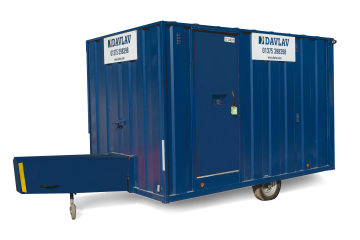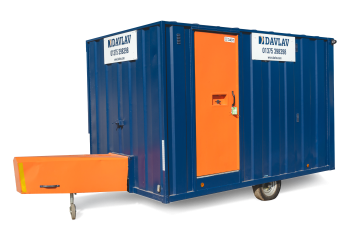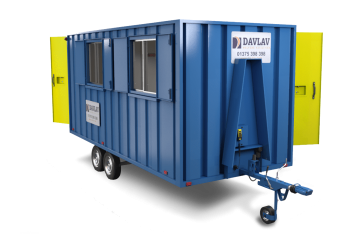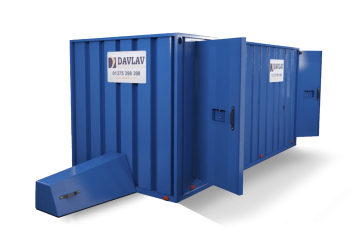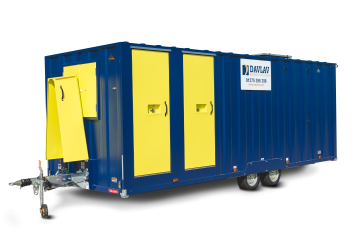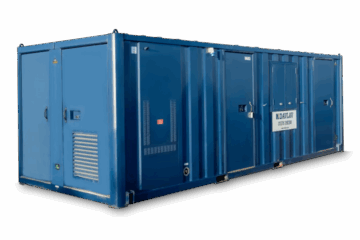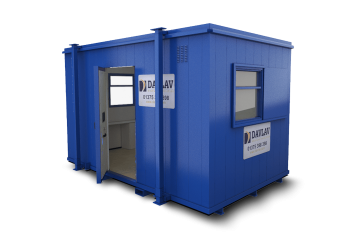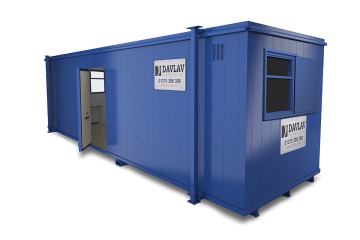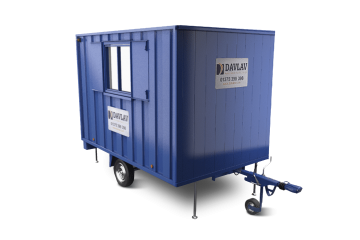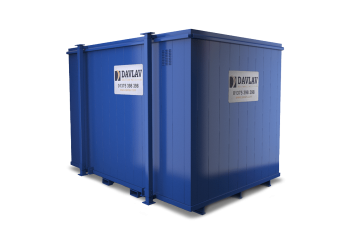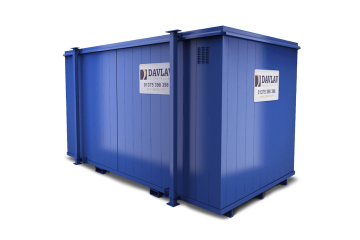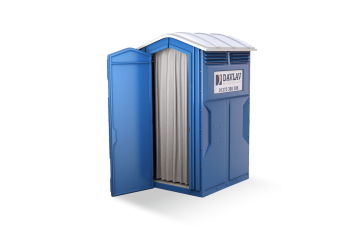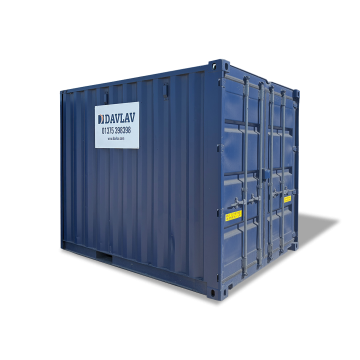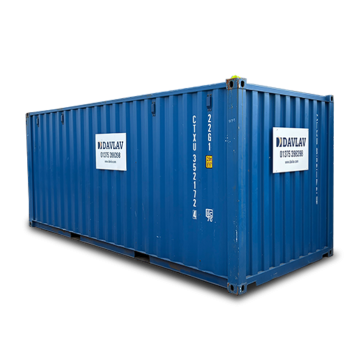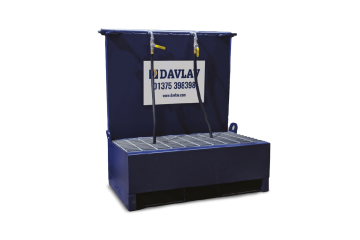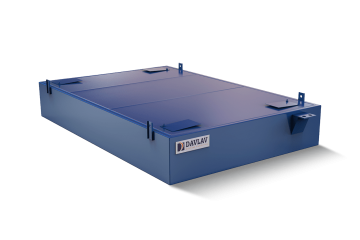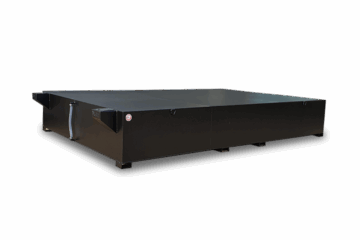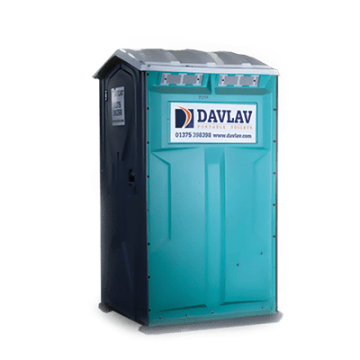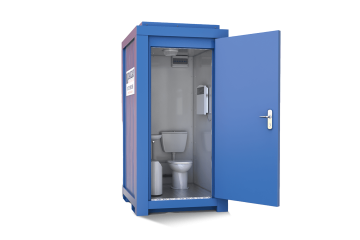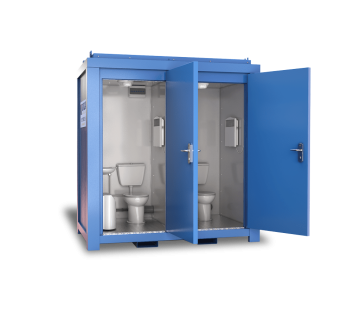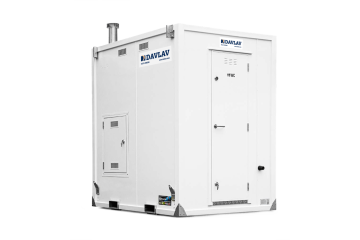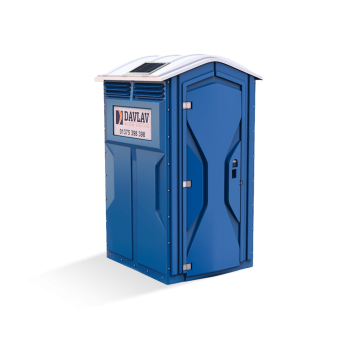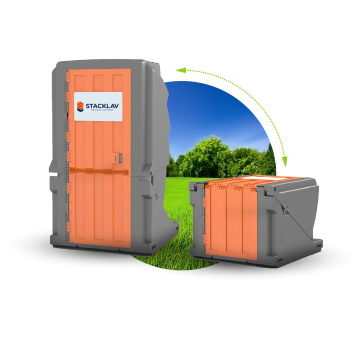10 Health and Safety factors you need to consider when hiring a toilet
You Health and safety is an extremely important factor in all workplaces. It covers a wide range of areas all in order to protect the employers, employees, visitors and customers. Health meaning their general wellbeing (physical, mental and social) and safety meaning their security and that they are free from danger. There are plenty of reasons to follow Health and Safety guidelines such as keeping staff, reducing costs and increasing profitability not to mention that your business or individuals may be liable for prosecution if many of these laws and regulations are not followed.
Of course, this is particularly the case when hiring toilets, due to the nature of this there are several factors you should consider to make sure you are fully complying with these laws and regulations, many factors you may not have necessarily though about, or looked over. With Davlav being in the toilet business for so many years we thought we were best equipped to take you through these. I aim to leave no stone left unturned in these 10 Health and Safety factors you need to consider when hiring a toilet.
-
Toilets per staff ratio.
Perhaps the first question that needs answered when hiring a toilet is how many are needed? Well this is of course dependent on how many people will be at this workplace. The official HSE government guidelines for minimum toilets required are as followed:
Table 1 – Number of toilets and washbasins for mixed use (or women only)
| Number of people at work | Toilets | Washbasins |
| 1-5 | 1 | 1 |
| 6-25 | 2 | 2 |
| 26-50 | 3 | 3 |
| 51-75 | 4 | 4 |
| 76-100 | 5 | 5 |
Table 2 – Toilets used by men only:
| Number of men at work | Toilets | Urinals |
| 1-15 | 1 | 1 |
| 16-30 | 2 | 1 |
| 31-45 | 2 | 2 |
| 46-60 | 3 | 2 |
| 61-75 | 3 | 3 |
| 76-90 | 4 | 3 |
| 91-100 | 4 | 4 |
The first column ‘The number of people at work’ refers to the maximum number of people there is likely to be at any one moment. It is also recommended that if the toilets are being emptied once a week then there should be at least 2 as people should not have to wait for long periods in order to use the facilities.
-
Male/Female toilets.
As shown in the previous factor there can be a difference in the number of toilets needed depending who they are for. Men and women do not however actually need separate single unit toilets (that do not contain urinals), there is no rule stating that they cannot be unisex. Larger toilet blocks can also be unisex as long there is a lockable room separating the toilets from the urinals. However, any toilet facility accessible to women must contain adequate sanitary waste disposal units.
-
Duration of them being open.
The toilet facilities need to be accessible and available whenever relevant, during all working hours and all times people are on site no matter how many that may be.
-
Washing.
Wherever there are toilet facilities there must be adequate washing units for people to properly wash, clean and then dry their hands. They should all include; hot and cold running water (hand sanitizer if running water is not possible), soap and towels (or other appropriate means of hand drying). Sinks/wash basins need to be in suitable sizes and locations for workers to wash their hands, forearms and faces. Hand washing stations should not be placed in the same areas where eating and drinking takes place in order to avoid any potential contamination.
-
Showers.
In many instances wash sinks and basins may not be enough for workers. Showers may need to be provided when working in particularly dirty conditions. This is also the case with hazardous substances. So they can wash their hair and skin to decontaminate themselves. Again, showers can be unisex as long as they are in separate, lockable rooms only accessible to one person at a time.
-
Ventilation and Lighting.
Any toilet or shower facility must be provided with adequate ventilation and lighting for the user.
-
Travel distance.
On big sites workers cannot be expected to travel long distances to get to a toilet, meaning toilets should be evenly dispersed throughout the worksite. These paths to the toilets should always be clear and hazard free.
-
Cleaning.
The cleanliness of the toilets needs to be maintained to a high standard with regular cleaning taking place. This can depend on the type of workplace where daily cleans may not be good enough depending on the working conditions (if they are particularly dirty). Davlav’s portable toilets are serviced weekly.
-
Consumable.
All bathroom consumables must always be fully stocked for anyone wishing to use them, these being soap, antibac, toilet paper and paper towels. These can run out quickly, so it is essential you have enough spare supplies stocked for whenever they are running low.
-
Changing rooms.
Changing cannot be expected to take place in a toilet. Rooms must be provided in situations where workers and visitors are expected to change into and wear specialist clothing (such as uniforms, overalls, hi vis, thermal clothing, etc). These changing facilities like the toilets should be well lit and ventilated, provide the user with privacy as well as seating, storage for clothes and hanging facilities (hooks or pegs). Men and women should in this instance be provided with their own spaces.
As you can see there are a lot of these health and safety factors that matter and need considering when hiring a toilet. In many of these instances it is clear just a portable toilet isn’t enough. You may also need to supply washing units, showers and changing rooms. Here at Davlav we supply all of these, we can help you in deciding what facilities are best suited to you. Feel free to get in touch and contact us regarding any questions you may have and check out our full range of services on offer by viewing our site.

